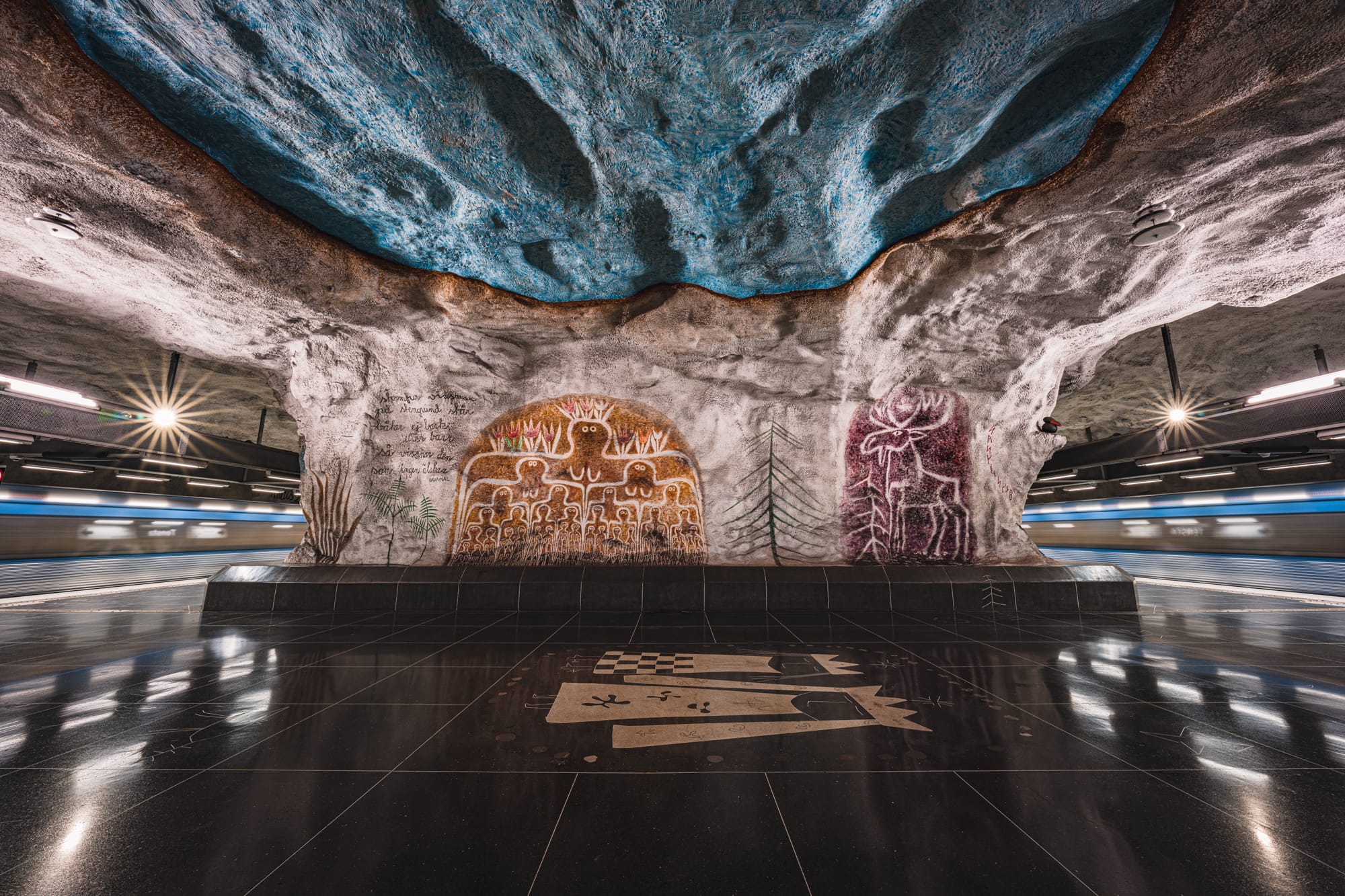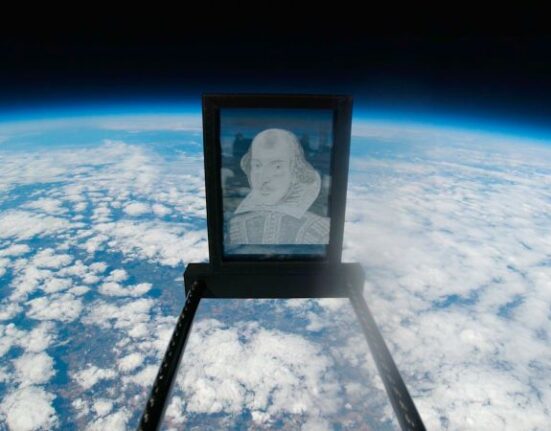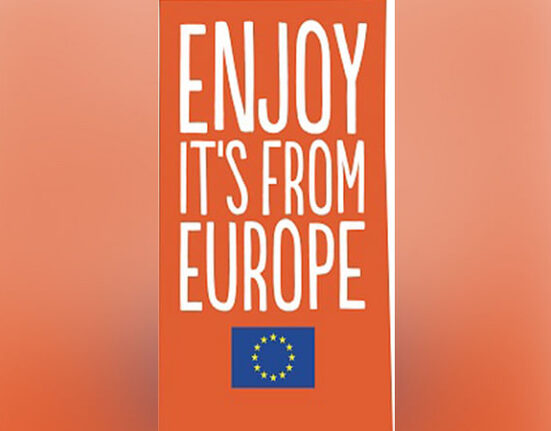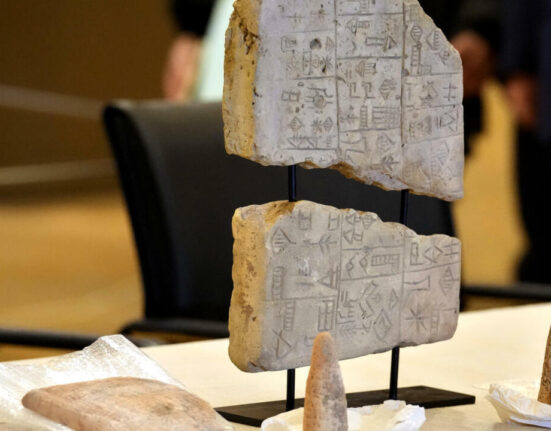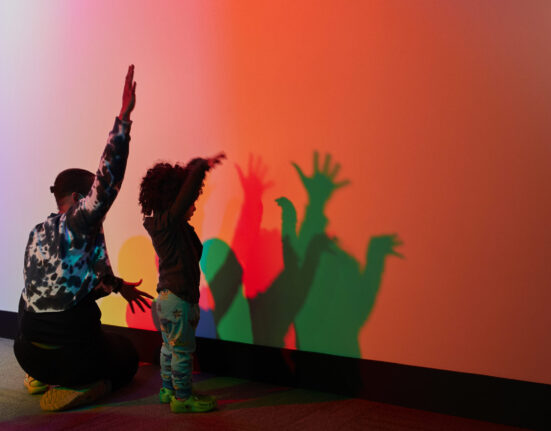Europe is home to some of the world’s most renowned public transit systems, from the Paris Métropolitain to the Berlin U-Bahn to Stockholm Metro. The latter is incidentally home to a remarkable series of subterranean public art displays, too, the “world’s longest art exhibit” at more than 68 miles long. Artists have been instrumental in the design of the city’s stations since 1957, creating immersive, multi-sensory experiences that go far beyond conveying passengers from point A to point B.
For Thibault Drutel, the architecture of underground train stations is central to the experience and aesthetics of journeys, beyond the essential functionality of getting places. Traveling from Hamburg to Stockholm via Berlin, Munich, and Brussels, he captures the interiors of iconic locations for a series called Symmetric Subway, timing the shots to coincide with passing trains that infuse each scene with high-speed energy.

“European subways offer a rich visual diversity,” Drutel says, continuing:
Each city approaches underground architecture differently, mixing brutalism, futurism, minimalism, or sometimes unexpected touches of ornamentation. What drew me in was the symmetry sometimes found in these spaces—not only in their layout but also in the repetition of patterns, the mirroring of platforms, and the precision of design. They’re places built for efficiency, yet they possess an unintentional aesthetic that can be quite powerful when observed carefully.
For many, a subway trip is an daily mundane activity—necessary yet generally not noteworthy. Drutel aims to highlight the unique characteristics of these everyday spaces, exaggerating the perspective, capturing movement, emphasizing artificial lighting sources, and highlighting a variety of styles.
It can take a while to find the right moment and the right shot; it’s essential that location, position, and timing align perfectly. Drutel doesn’t consider his work documentary in a traditional sense, but more of an interpretive approach focused on finding aesthetic harmony in unexpected places.

More broadly, Drutel’s practice emphasizes myriad elements of global architecture, which he describes as “a form of silent storytelling.” He adds, “It speaks of intention, history, culture, and function—but often gets overlooked in our daily rush. When I photograph it, I try to freeze that moment where the built environment reveals something about human rhythm, urban choreography, or our sense of space.”
Drutel is planning to continue the series with visits to three more cities this year. Find more on the artist’s website, where you can purchase prints, and and follow updates on Instagram.









